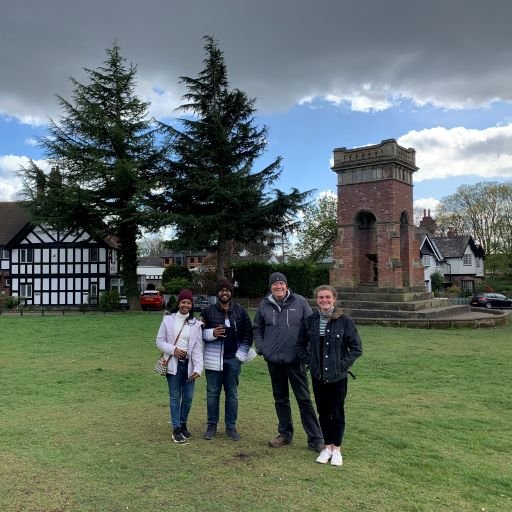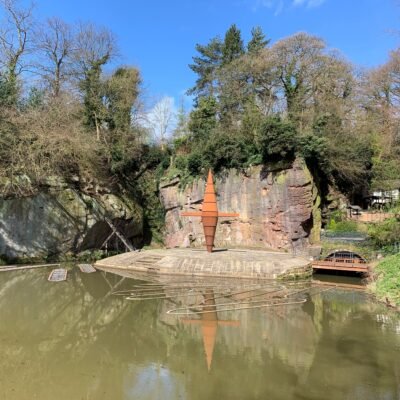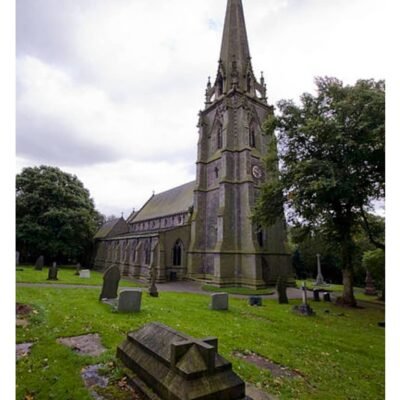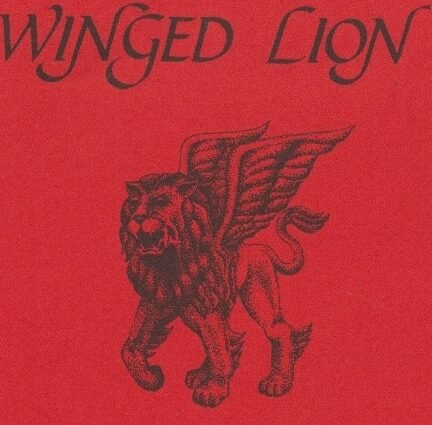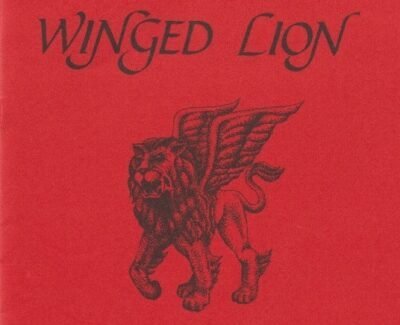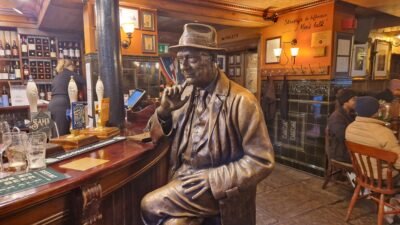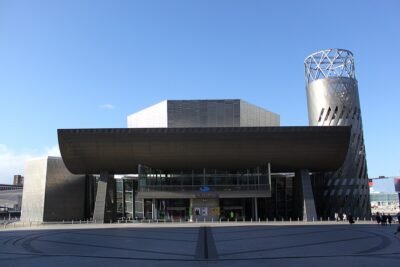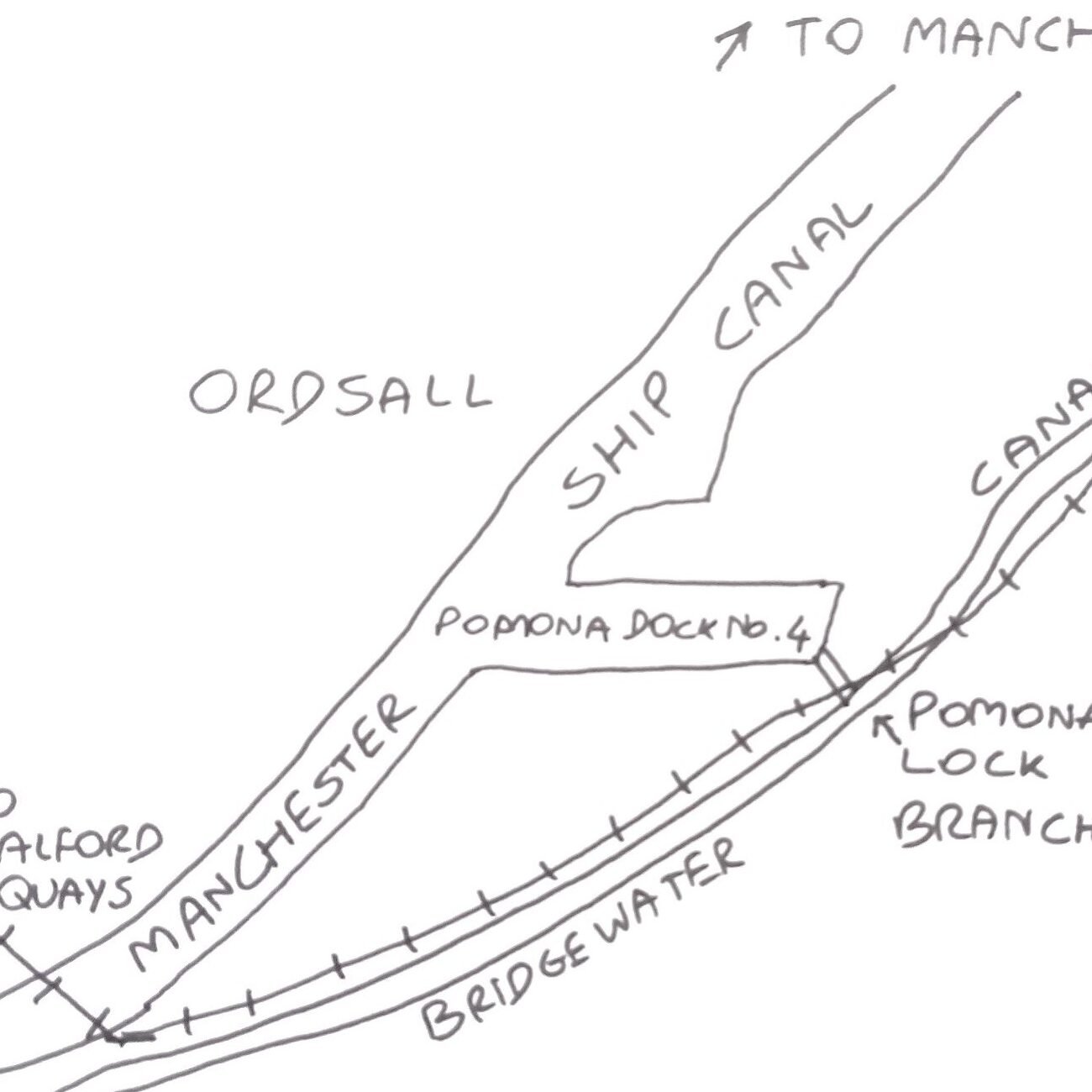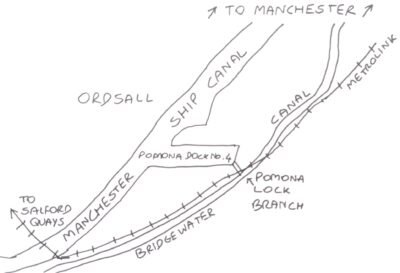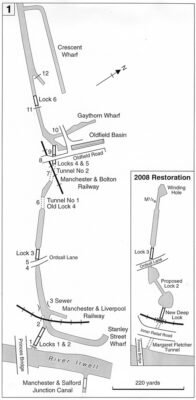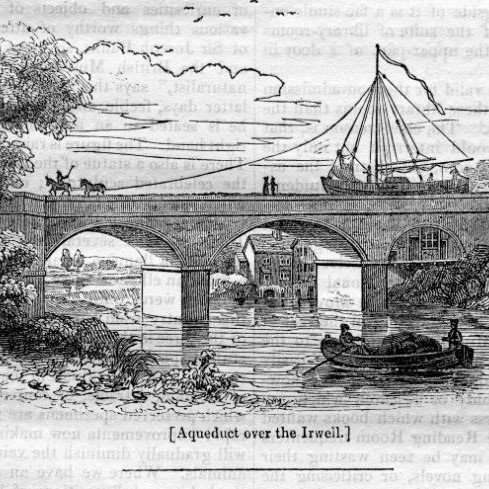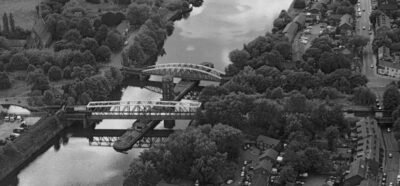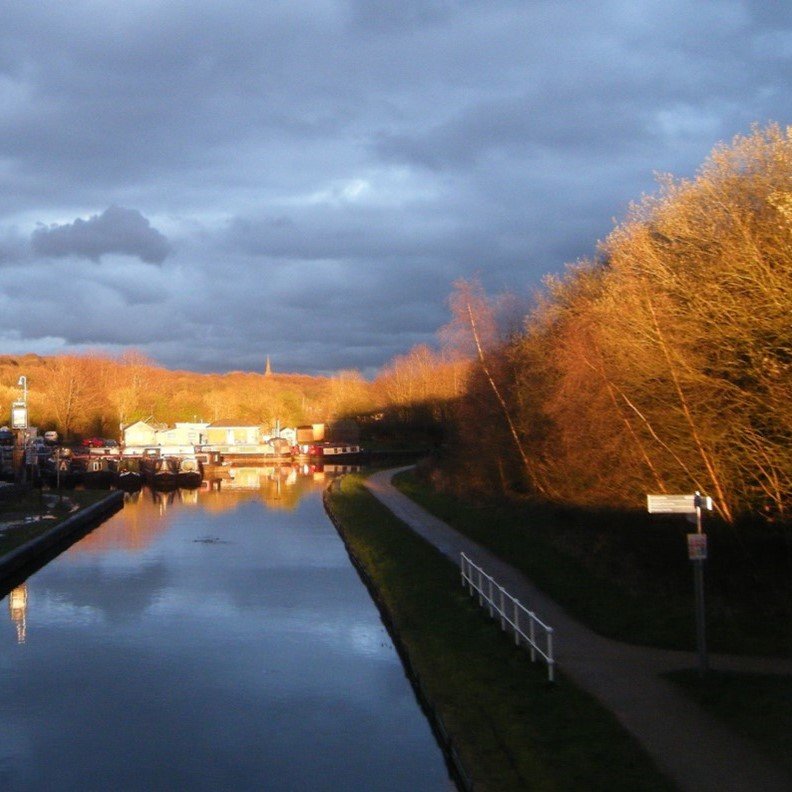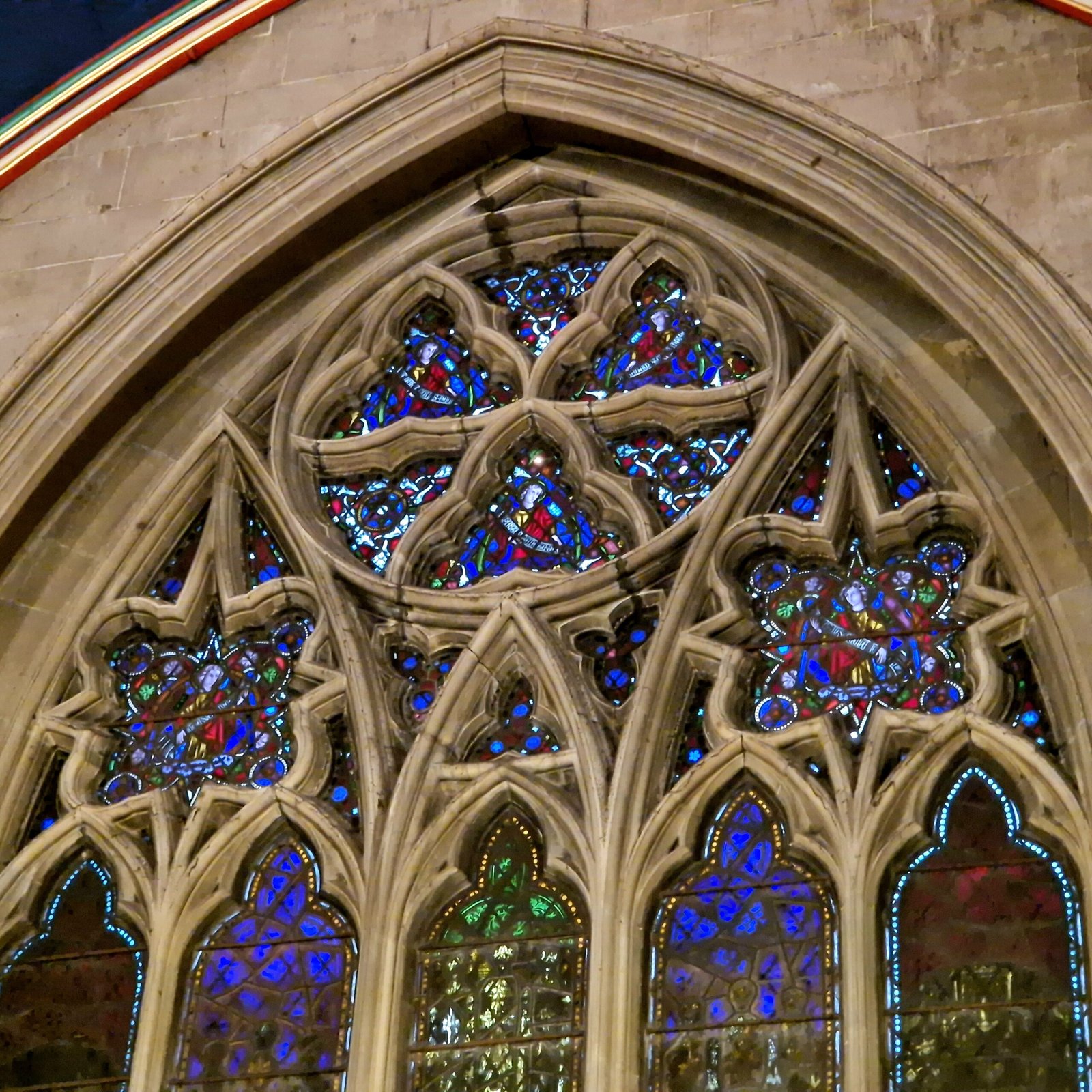Royston Futter 6th August 1945 – 9th November 2024

Sadly last year we lost our esteemed colleague Royston Futter.
Now that we have all had time to process this, we wanted to update our customers, followers and anyone who knew Royston, with a short summary of the wonderful man that we knew. He is missed by us all.
Royston hailed from Wymondham, Norfolk, an area of England as different from Salford as you can get. However, from his first days here he embraced the industrial history and culture that the city offered.
He arrived in Salford in the 1980s to work for the City Council as Arts and Leisure Manager, looking after Museums and Libraries. In this capacity he negotiated the move of the Working Class Movement Library to Jubilee House on the Crescent in 1987, where it still is today. He later became a trustee.
He was at the forefront of many other projects including ‘Steam, Coal and Canal’ and the ‘Red Rose Forest’.
Following retirement he was involved with many local groups and volunteered at the RHS Bridgewater Garden. Luckily for us he also joined the Green Badge Guide training course for the Bridgewater Canal in Salford. The lottery funded ‘est.1761’ project ensured the creation of a legacy of tour guides, produced a magnificent 7 of us, including Royston.
He was a wealth of knowledge and generously supported the association with his time and expertise. We were all deeply grateful for his support and camaraderie.
In May 2024 Royston won the Private Eye magazine crossword competition. A correspondent queried whether Royston Futter was a made-up name. This made Royston smile as he was very proud of his unique name. We are proud of his uniqueness and the qualities he brought to our group.

Thank you, Royston, for your friendship, generosity, and knowledge. Your legacy will be cherished by everyone in Salford and beyond. Though you weren’t from Salford, you certainly earned your Salford Stripes.
There’s definitely only ONE Royston Futter.

A few words from his fellow Bridgewater Canal guides:
Alexandra:
I met Royston on the first day of our Green Badge Tourist Guide course. He was an imposing figure full of confidence and very clever. As we progressed through this tough training, we got to know each other better and shared our local knowledge strengthening our prospects of success in the examinations.
Once I qualified, I led Rebels, Revolutions and Radicals tours of Salford and finished these tours the Working Class Movement Library, which Royston was instrumental in creating to secure a home for the Frow Archives. Once my groups arrived, Royston would then take my tour guests around this building further elaborating on the socio-political history and people of our city. His understanding and appreciation of local history was extensive as was his love of classical music, art and the RHS Bridgewater. I will miss his tales about the antics of Portia his cat.
Thank you, Royston, we miss you.
David:
Royston had a knack of conveying authority with everything he said, and I think that’s what made him such a good tour guide; that and his ability to tell a story. Royston could be charming and a bit cantankerous almost simultaneously, and in my book that’s the sign of a well-rounded man. One who perhaps reflected that unusual combination of “Salfolk”. I don’t think I’ll ever forget seeing him 3 days before he left us, I only hope that when the time comes, I can have the dignity and resolve he showed then.
Emma:
Royston and I studied to be accredited tour guides for the Bridgewater Canal in Salford together in 2018/19. It became obvious that he was incredibly knowledgeable about Salford, its heritage and the arts in general; it emerged that he had been Head of Arts and Leisure for Salford Council. He was always generous with his knowledge and experience plus he insisted that any monies he earned from guiding were reinvested in our tour guides group. It was he who organised the design and funding of our fabulous orange logo. He and Pam welcomed us guides into their home, also generous with their hospitality; his DIY man cave/tool shed was a thing of organised beauty! I can hear his distinctive voice, well spoken, considered delivery, sharing nuggets of information about the Bridgewater Canal
The last time I saw him, classical music playing in the background, chatty as ever, he was telling me about the countless community and cultural groups he was a member of and that he hoped to have time to catch up with them all before his time came. He had a surfeit of Doom Bar he was hoping his visitors would work their way through.
Elizabeth:
I gave everyone emojis on our WhatsApp group according to interest or name (I was a duck, Mr C a choo-choo train, Emma Fox a fox etc) and awarded Royston the Elephant emoji for his supposition that Maharajah the elephant that was transported cross country via the Bridgewater Canal towpath had a partially-orange trunk due to staining from drinking the orange waters of the canal near Worsley. He highly embraced this, calling himself ,”Mr L E Fant” or using the emoji to sign off his messages.
I made a cake for our ‘graduation’ in June 2019 and decorated it with various items in sugar paste relating to our course – including a sugar paste elephant, complete with orange on his trunk, which Royston & Pam took home and, we understand, ate him slowly….
Mark:
I met Royston a couple of times before we began our Green Badge Guide training but didn’t really know him or about his contribution to Salford. It was a pleasure learning with him due to his sense of humour and incredible local knowledge and generosity with it. Despite his knowledge he was always happy to learn new things, although he wasn’t afraid to challenge anything he thought wrong either. Once during our training in Salford Museum & Art Gallery he told our trainer how he would talk about the art in the gallery in his way and not the way he was being trained. That made us all smile, rebellion in Salford, who would have thought it!
Michele:
My favourite memory of Royston is from a training session when he did his incredible impersonation of pulling the plug at Worsley Dry Dock and the water going down the drain into Worsley Brook. Sssshhhhlllluuuurrrrpppp!!!!
He was so accomplished and refined but had a great sense of fun and humour.
Some links with references to our friend:
The History of Jubilee House – Working Class Movement Library
Tourist boom hopes for pit gear | Lancashire Telegraph








